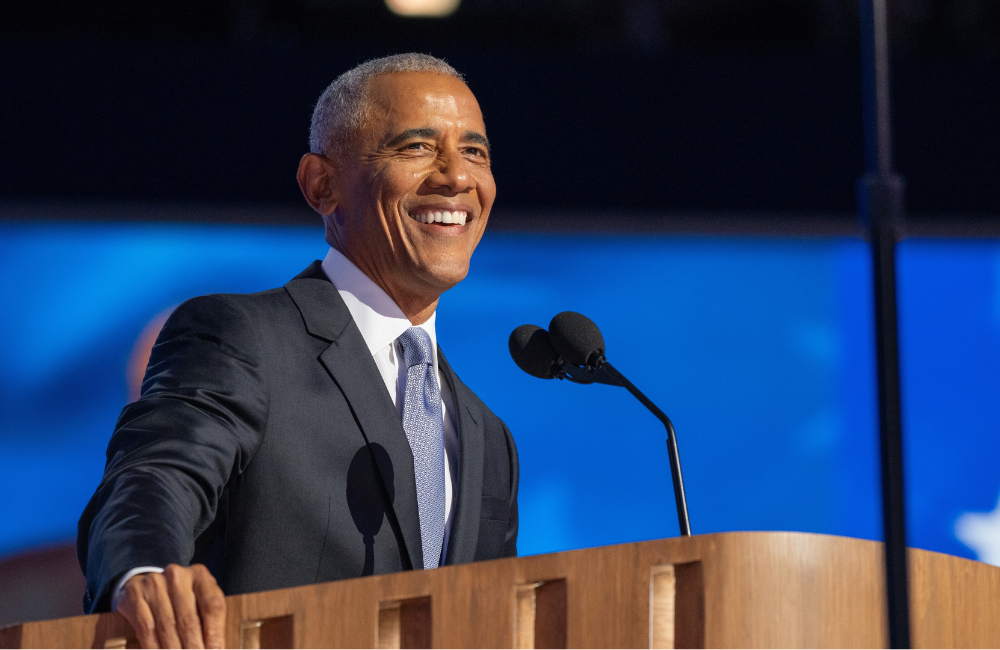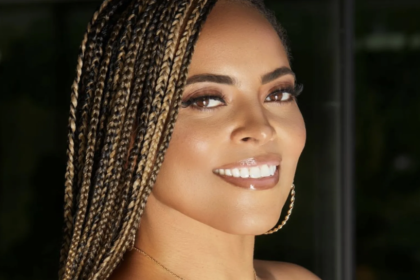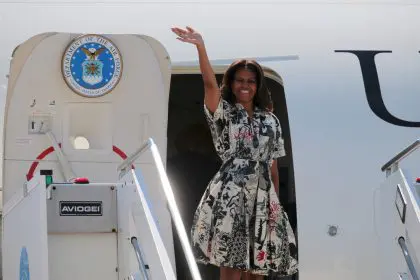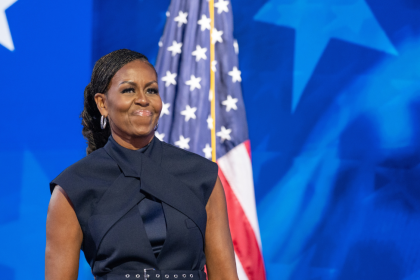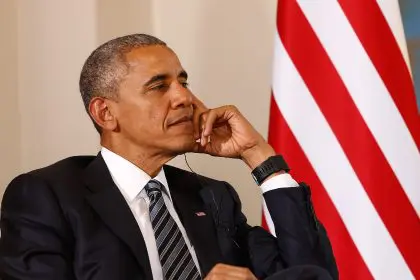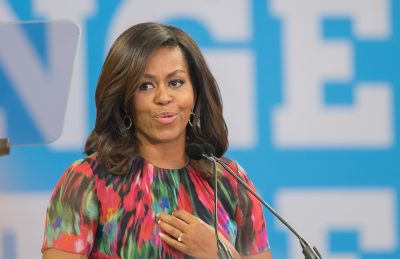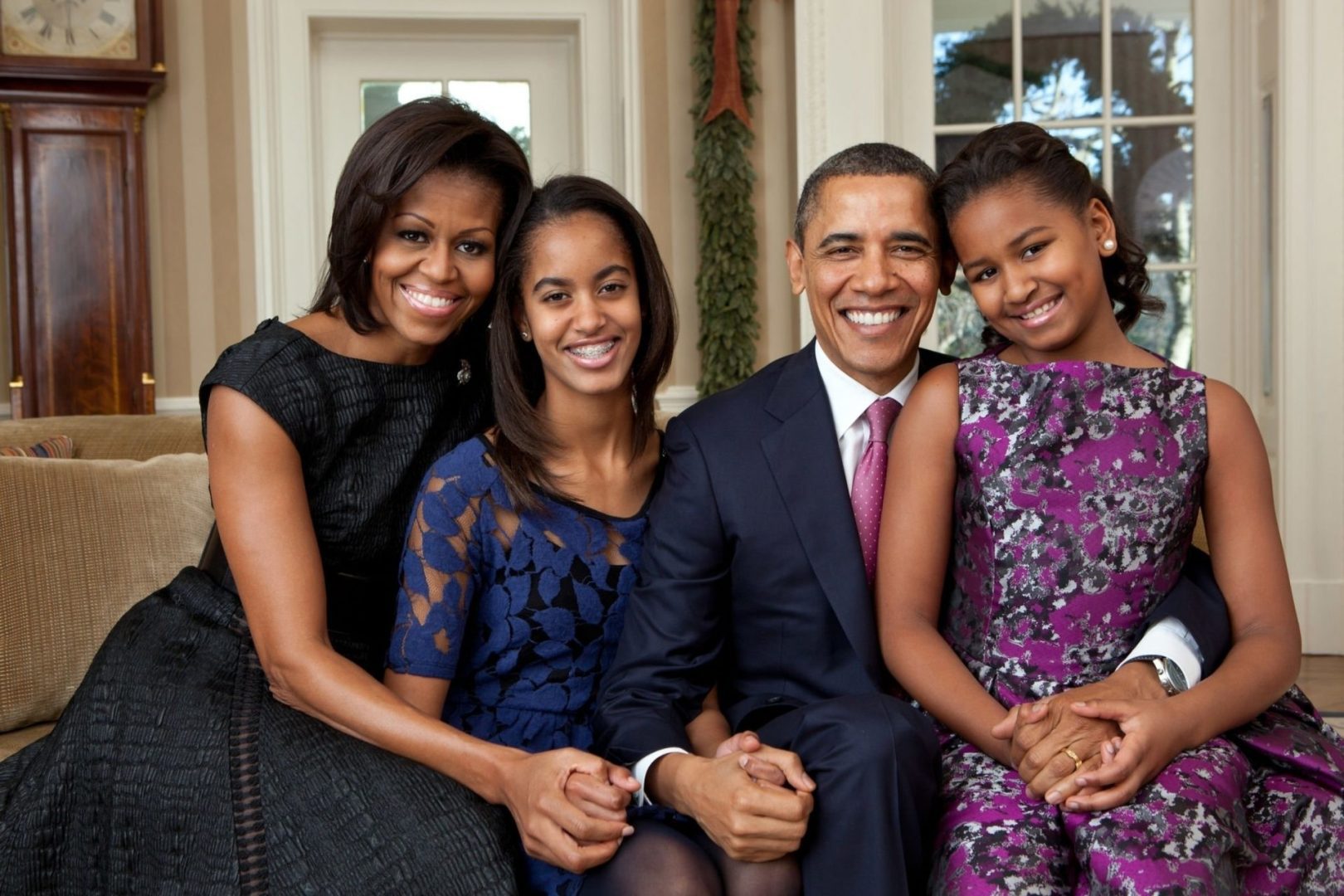In a moment of rare vulnerability, former President Barack Obama recently offered a glimpse into the personal aftermath of his eight-year tenure in the White House, particularly regarding his relationship with Michelle Obama. Speaking to an audience at Hamilton College, Obama acknowledged the toll that public service had taken on his marriage, describing himself as being “in a deep deficit” with his wife following their departure from 1600 Pennsylvania Avenue.
The admission resonated with many who have witnessed the couple’s journey through years of intense public scrutiny and political pressure. As the Obamas continue navigating their post-presidential lives, his candid reflections highlight the universal challenge of balancing personal relationships with professional responsibilities, regardless of position or prominence.
Rebuilding connection after presidency
Obama’s acknowledgment of relationship challenges following his time in office offers insight into the private complexities that accompany such a public role. His Hamilton College remarks revealed ongoing efforts to restore balance in his marriage through deliberately seeking enjoyable shared experiences.
This strategy reflects a common recommendation from relationship experts who emphasize the importance of intentional quality time following periods of intense work or separation. For the Obamas, this process carries additional complications given their continued public visibility and individual professional commitments.
The former president’s willingness to discuss these personal efforts publicly represents a departure from traditional post-presidential communications, which typically focus more on policy legacies than personal developments. This transparency provides a more nuanced view of life after the presidency than Americans typically receive from former commanders-in-chief.
4 key elements shaping Obama’s post-presidential life
- His acknowledgment of relationship “deficit” with Michelle following White House years
- The demanding process of writing the second volume of his presidential memoirs
- Ongoing commitments to the Obama Foundation and its global initiatives
- Managing public appearances and speculation about his personal life
Balancing personal projects with public expectations
Beyond relationship rebuilding, Obama’s current focus includes completing the second volume of his presidential memoirs, a project he compared to writing “50 term papers.” This comparison illuminates the scale and complexity of documenting eight years in the world’s most scrutinized office.
Presidential historians note that second-term memoirs often prove more challenging to write than first-volume accounts, as they typically cover periods of intensified political conflict and complex legacy considerations. Obama’s description suggests he remains committed to providing a thorough account despite the personal demands of the writing process.
Simultaneously, his work with the Obama Foundation continues expanding, with initiatives addressing leadership development, civic engagement, and climate change solutions. This balance between documenting the past and shaping future impact characterizes his approach to post-presidential influence.
Navigating public scrutiny and speculation
Recent months have featured multiple solo public appearances by the former president, including attendance at Los Angeles Clippers basketball games and the funeral service for former President Jimmy Carter. This pattern has fueled speculation about the couple’s relationship status among media outlets and social media commentators.
Media analysis reveals how quickly individual public appearances transform into narrative fodder, particularly regarding high-profile marriages. For couples like the Obamas, separate professional commitments create natural divergences in schedules that might not warrant attention in non-public figures.
Both Barack and Michelle Obama have consistently denied rumors of marital discord when directly questioned, emphasizing their continued commitment to each other amid evolving individual pursuits. Their representatives point to the practical reality that separate professional obligations often necessitate attending events individually.
The evolution of political partnerships
The Obama marriage represents a significant case study in the evolution of political partnerships in contemporary American society. Unlike many presidential couples of previous generations, both Barack and Michelle established significant individual identities both during and after their White House years.
Political analysts observe that this model differs substantially from historical precedent, where presidential spouses typically subordinated personal ambitions to supporting their husband’s legacy. Michelle Obama’s bestselling memoir “Becoming” and subsequent projects demonstrate the changing nature of these relationships in modern political contexts.
This transformation creates new challenges for couples navigating post-political life, as both partners may pursue separate high-profile endeavors while maintaining their shared identity as a former first couple. The Obamas’ experience highlights how these dynamics continue evolving long after leaving office.
Lessons in relationship resilience
Beyond political implications, Obama’s candid comments offer broader insights into relationship sustainability under extraordinary circumstances. Marriage counselors often cite the importance of acknowledging imbalances and making conscious efforts to address them—precisely the approach Obama described in his recent remarks.
His acknowledgment that relationship maintenance requires ongoing effort contradicts idealized narratives of perfect political marriages while offering a more authentic view of long-term commitment. This perspective aligns with contemporary understanding of relationship health as requiring continuous attention rather than achieving a permanent state of resolution.
For many observers, this transparency humanizes the former first couple and provides reassurance that relationship challenges affect partnerships at all levels of achievement and public recognition. The willingness to publicly acknowledge these dynamics represents a departure from more guarded approaches of previous presidential couples.
Public fascination with post-presidential lives
The continued interest in the Obamas’ relationship reflects broader public fascination with post-presidential lives, particularly for a couple who entered the White House during the social media era. Their departure coincided with unprecedented opportunities for maintaining public visibility through digital platforms and media ventures.
Media scholars note that this visibility creates distinctive challenges compared to previous presidential couples, who typically experienced sharp declines in public attention after leaving office. The ongoing scrutiny requires strategic decisions about privacy boundaries while maintaining authentic public engagement.
This dynamic allows for greater continuing influence but also extends the period during which personal choices remain subject to public interpretation. For the Obamas, navigating this terrain means balancing transparency about certain aspects of their lives while maintaining necessary boundaries around their relationship.
Redefining legacy beyond politics
As Barack Obama works on his memoirs and foundation initiatives, his comments suggest an understanding that legacy encompasses more than policy achievements. By acknowledging relationship challenges and demonstrating commitment to addressing them, he expands the definition of presidential legacy to include personal growth and relationship sustainability.
This perspective offers a more holistic view of leadership that includes the ability to maintain core relationships while pursuing ambitious goals. Political scientists increasingly recognize that this dimension of leadership deserves consideration alongside traditional policy metrics when evaluating presidential effectiveness.
For observers of both politics and relationships, the Obamas’ ongoing journey provides a compelling case study in how public figures navigate the inevitable tensions between personal connections and public responsibilities, even years after leaving the spotlight’s center.

